Government aviation transparency blockchain solutions are transforming how federal agencies manage their fleets in 2025. The business aviation industry stands at a crossroads between unprecedented growth and increasing demands for accountability. With Honeywell forecasting 8,500 new business jet deliveries valued at $283 billion over the next decade—the highest projection in the report’s 34-year history—questions about government aviation transparency blockchain implementation have never been more relevant.
As ultra-long-range aircraft like the Gulfstream G700 become the new standard for executive transport, government aviation transparency blockchain technology offers promising solutions for tracking federal aviation spending and ensuring taxpayer accountability.

Government Aviation Transparency Blockchain: The Current State of Business Aviation Growth
The business aviation market expects to see new jet deliveries grow by 3% annually over the next decade, with 2026 deliveries projected to be 5% higher than 2025. This sustained growth reflects several key trends shaping the industry.
Flight activity data shows business jet hours increased approximately 3% year-over-year in 2025, reversing a period of stagnation between 2023 and 2024. The surge comes primarily from private operators and fractional ownership companies, where charter demand has stabilized well above pre-pandemic levels. This growth underscores why government aviation transparency blockchain systems are becoming essential for public sector accountability.
The Rise of Ultra-Long-Range Jets
Large-cabin aircraft like the Bombardier Global 7500, Gulfstream G700 and G800, and Dassault Aviation Falcon 6X are driving market growth, with their list prices exceeding $70 million making them significant market drivers.
The Gulfstream G700, which represents the current pinnacle of business aviation technology, exemplifies this trend. Similar to the proven Gulfstream G650ER private jet fleet, the G700’s base price in 2025 starts around $80 million. Standard customizations including exterior paint, interior, and fixtures can add anywhere between $5 million and $20 million, with highly-customized G700s costing as high as $120 million. These cost factors make government aviation transparency blockchain tracking even more critical for taxpayer oversight.
What Makes the G700 Special?
The G700 can fly 7,750 nautical miles nonstop at Mach 0.85, connecting continents effortlessly with its Rolls-Royce Pearl 700 engines that achieve a 12% better thrust-to-weight ratio than predecessors.
The aircraft’s operational capabilities are impressive:
- Range: 7,750 nautical miles (14,353 km) enables non-stop flights from New York to Hong Kong or Dubai to Los Angeles
- Speed: Maximum cruise speed of Mach 0.90 (690 mph)
- Cabin: 56’11” long, 8’2″ wide, 6’3″ high with up to five living areas
- Passenger Capacity: Comfortable for 19 passengers, maximum configuration seats 25
Based on 450 annual owner-operated hours, the G700 has total variable costs of $2,924,091, total fixed costs of $1,246,573, and an annual budget of approximately $4,170,664, with operating costs for 200 hours per year reaching approximately $2.2 million.
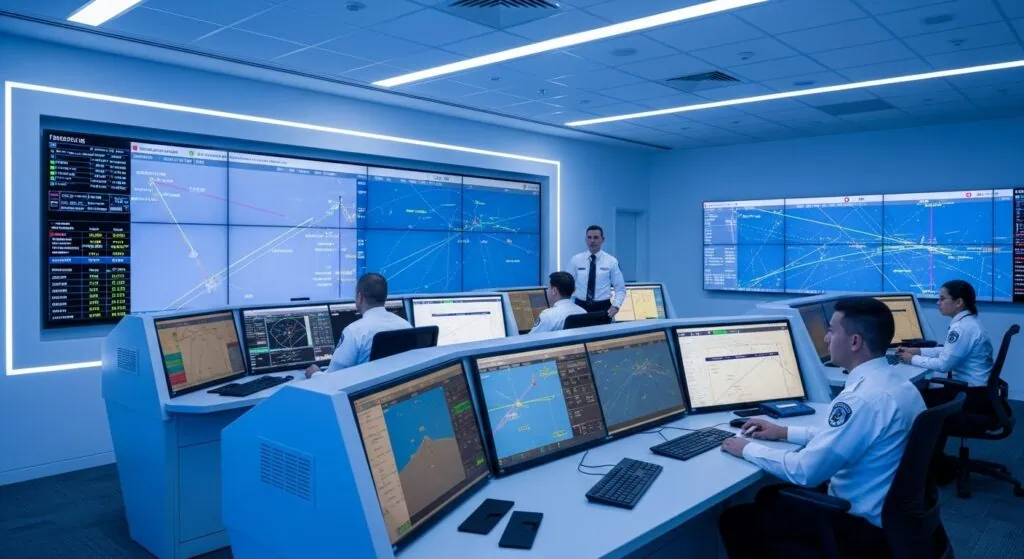
The Transparency Challenge in Government Aviation
Government aviation fleets face unique scrutiny compared to private jet ownership operations. When federal agencies operate sophisticated aircraft, questions naturally arise about cost justification, utilization rates, and overall accountability to taxpayers. This is where government aviation transparency blockchain solutions become essential.
Traditional government aviation record-keeping systems face several challenges:
- Data Fragmentation: Aviation data is often spread across multiple agencies and departments with limited interoperability
- Manual Processes: Many tracking systems still rely on manual data entry, creating opportunities for errors
- Limited Real-Time Visibility: Stakeholders often cannot access current information about aircraft location, usage, or costs
- Complex Audit Trails: Reconstructing complete operational histories requires pulling data from numerous sources
These challenges exist even as the aviation industry pursues record growth and technological advancement. Government aviation transparency blockchain technology addresses each of these pain points systematically.
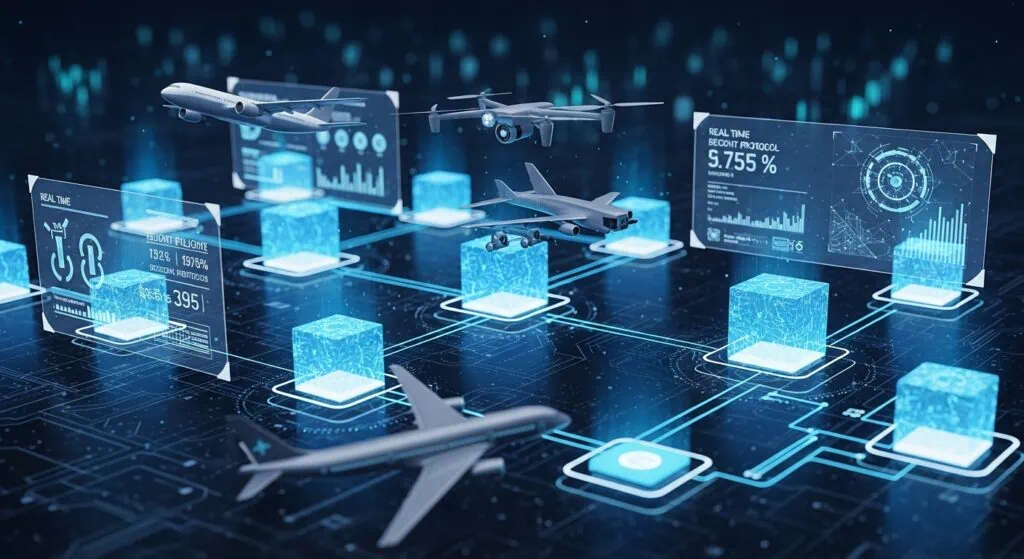
Government Aviation Transparency Blockchain: A Revolution in Federal Fleet Oversight
Blockchain technology stores information in blocks, each containing its own history, with every block verified and sealed so information cannot be changed and remains visible for everybody, making it extremely difficult to corrupt and manipulate data.
Real-World Aviation Blockchain Success
The technology has already proven its worth in commercial aviation. GE Aviation implemented a groundbreaking blockchain solution that creates a ‘back-to-birth’ record for engine components, establishing a digital history for each aircraft part in their TRUEngine programs spanning the entire lifecycle of aircraft parts.
GE Aviation’s blockchain expert David Havera highlights that this technology drives residual value for used spare materials up to 50% higher, facilitates faster resale processes, and improves asset transfer productivity—crucial benefits in an industry where 45% of commercial aircraft are owned by lessors with 60% changing ownership every five years.
How Government Aviation Transparency Blockchain Could Transform Federal Fleets
Blockchain can record each time a part is installed or removed from an airplane, capture how long the part being replaced was in service, and track the identity, location and credentials of the technician performing the repair. This level of detail supports comprehensive private jet safety standards and accountability.
For government aviation, government aviation transparency blockchain applications could include:
Flight Operations Tracking Every government flight could be automatically recorded on an immutable ledger, including:
- Departure and arrival times
- Flight purpose and authorization
- Passenger manifests (with appropriate security clearances)
- Fuel consumption and costs
- Routing decisions
Maintenance Records Components could be registered in a blockchain after manufacture with all relevant data like serial codes, and when installed in an airplane, this information can be saved in another blockchain, allowing maintenance technicians to review exact flight hours and decide whether to replace or repair parts.
Procurement Transparency Smart contracts could automate procurement processes:
- Bid submissions and evaluations
- Contract awards with built-in compliance checks
- Payment processing tied to verified milestones
- Supplier performance tracking
Cost Allocation Blockchain facilitates automation of processes and payments according to pre-defined rules, which can be applied to determining settlements, fees, charges, and other financial transactions.
The Private Sector Comparison
Fractional firms recently expanded rapidly and now have 1,300 jets in their fleets, up 65% since 2019, with 80% being light, midsize and super-midsize jets. Major operators like Flexjet and NetJets have made massive fleet commitments through private jet membership programs, demonstrating the scale of private sector aviation growth.
Flexjet ordered 182 Embraer aircraft and NetJets disclosed plans to acquire up to 1,500 Textron Aviation Cessna Citations and up to 250 Embraers.
The private sector’s rapid adoption of fractional ownership and transparent pricing models offers lessons for government aviation transparency blockchain implementation. When individuals or corporations can clearly see costs per flight hour and compare different options, market efficiency improves dramatically.
Market Growth and Technology Adoption
Survey results show 91% of operators expect to fly more or about the same in 2026 compared to 2025, with 20% of operators globally having at least one aircraft on firm order—up from 17% a year ago. This growth parallels the expansion of the private jet market in 2025, highlighting why government aviation transparency blockchain solutions are timely.
The aviation blockchain market is experiencing rapid growth potential, with research projecting the market could reach an estimated $1.5 billion by 2030 with a 20.4% compound annual growth rate from 2024 to 2030. Government aviation transparency blockchain adoption is expected to be a major driver of this growth.
Key Technology Adoption Drivers
Airlines will remain the largest end users of blockchain in airlines applications, while aircraft maintenance leads technical implementations, with North America expected to see the biggest jump in growth due to quick adoption of new technology and major aviation companies based there.
Research reveals that tracking and tracing, digitalized management, air traffic management, regulatory governance and industry standards, and technological improvements and optimization on efficiency exert a positive influence on intention to use blockchain.

Practical Implementation Pathways
Several airlines and aviation organizations have already pioneered blockchain implementations:
Lufthansa has explored blockchain technology for loyalty programs and passenger data management, Air France-KLM has piloted blockchain systems for tracking maintenance records, Singapore Airlines launched a blockchain-based loyalty program called KrisFlyer, and Boeing has explored blockchain applications for supply chain management and tracking aircraft parts.
Step-by-Step Implementation for Government Aviation
Phase 1: Pilot Programs Start with a single aircraft or small fleet segment using government aviation transparency blockchain to:
- Establish baseline data collection processes
- Test blockchain platforms
- Train personnel
- Identify integration challenges
Phase 2: Stakeholder Ecosystem Build an ecosystem by bringing together stakeholders to establish governance, oversight and audit mechanisms, and rules for participation.
Phase 3: Regulatory Framework Navigate regulatory uncertainty by developing solutions alongside efforts to build regulatory comfort to show how transparency works.
Phase 4: Full Fleet Integration Scale successful pilot programs across entire government aviation operations with standardized protocols.
Addressing Implementation Challenges
Data privacy laws like GDPR complicate the use of immutable blockchain records, requiring close work with regulatory bodies to ensure compliance frameworks evolve alongside technological advancements so innovation doesn’t compromise aviation’s focus on safety.
Additional challenges include:
Interoperability: Ensuring blockchain systems can communicate with existing government IT infrastructure
Cybersecurity: Including cybersecurity, compliance, audit and legal specialists in deliberate design processes is essential.
Change Management: Transitioning from decades-old paper-based or legacy digital systems requires comprehensive training and cultural adaptation
Cost: Initial implementation requires significant investment, though long-term efficiency gains should offset these costs
The Future of Government Aviation Transparency Blockchain Implementation
Industry experts predict government aviation transparency blockchain will be essential for aircraft maintenance tracking, passenger identity management, and supply chain transparency in the coming decade as regulatory frameworks mature and interoperability standards develop.
The aviation sector is suitable for government aviation transparency blockchain as it can support coordination among international companies in a complex environment, with applications including tracking baggage and cargo to reduce information asymmetries, contactless identity verification of passengers to increase efficiency, trade of illiquid assets like airport slots to increase allocative efficiency, and tracking of records to preserve asset value.
What This Means for Taxpayers
Government aviation transparency blockchain implementation could provide:
- Real-Time Oversight: Citizens and oversight bodies could access current data on government aircraft utilization through government aviation transparency blockchain systems
- Cost Accountability: Clear, immutable records of all aviation-related expenses
- Performance Metrics: Objective data on fleet efficiency and utilization rates
- Fraud Prevention: Tamper-proof records that make unauthorized changes immediately visible
- Historical Analysis: Complete operational histories for cost-benefit analyses and policy decisions
Lessons from Private Sector Innovation
Performance remains the top priority, with 89% of respondents considering “Performance” among their top three most important criteria when purchasing an aircraft, up from 82% last year, while “Cost” remains a distant second at 56%.
This prioritization suggests that even as technology advances transparency capabilities, core operational requirements remain paramount. Government aviation must balance transparency with mission effectiveness.
Survey findings show 81% of operators view developing more fuel-efficient aircraft and engines as key to meeting carbon reduction goals, with more than half considering sustainable aviation fuel at least moderately effective, though cost and availability remain barriers to wider adoption.
Environmental accountability represents another dimension where blockchain transparency could prove valuable, enabling precise tracking of carbon emissions and sustainable fuel usage across government fleets.
Conclusion: Toward a More Transparent Future
The convergence of record business aviation growth, sophisticated aircraft like the $80 million Gulfstream G700, and emerging government aviation transparency blockchain technology creates unprecedented opportunities for federal fleet accountability.
With the business aviation industry forecasting 8,500 new jet deliveries worth $283 billion through 2035, representing the highest outlook in survey history with 3% average annual growth, the time is right for government aviation transparency blockchain adoption. As Trump aviation policies shape the 2025 market surge, federal agencies must embrace technological solutions that enhance accountability without compromising operational effectiveness.
Government aviation transparency blockchain technology won’t solve every challenge in federal aviation oversight, but it offers powerful tools for creating tamper-proof records, automating compliance processes, and providing stakeholders with unprecedented visibility into how taxpayer-funded aircraft are utilized.
As private sector operators continue pushing the boundaries of aviation technology and transparency, government aviation has an opportunity to lead by example—demonstrating that sophisticated aircraft and sophisticated government aviation transparency blockchain accountability can coexist in service of the public interest.
Sources:
- Honeywell Global Business Aviation Outlook 2025
- Lufthansa Industry Solutions: Blockchain Technology in Aviation
- PwC: Blockchain in Aerospace
- Fortune Business Insights: Aviation Blockchain Market Report
- AeroTime: Blockchain Takes Flight – Transforming Aviation
- Gulfstream G700 Specifications – Simple Flying
- Flight Global: Honeywell Business Aviation Forecast








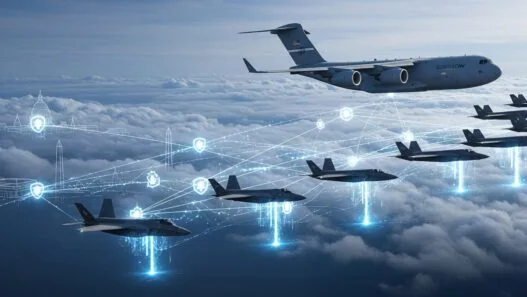
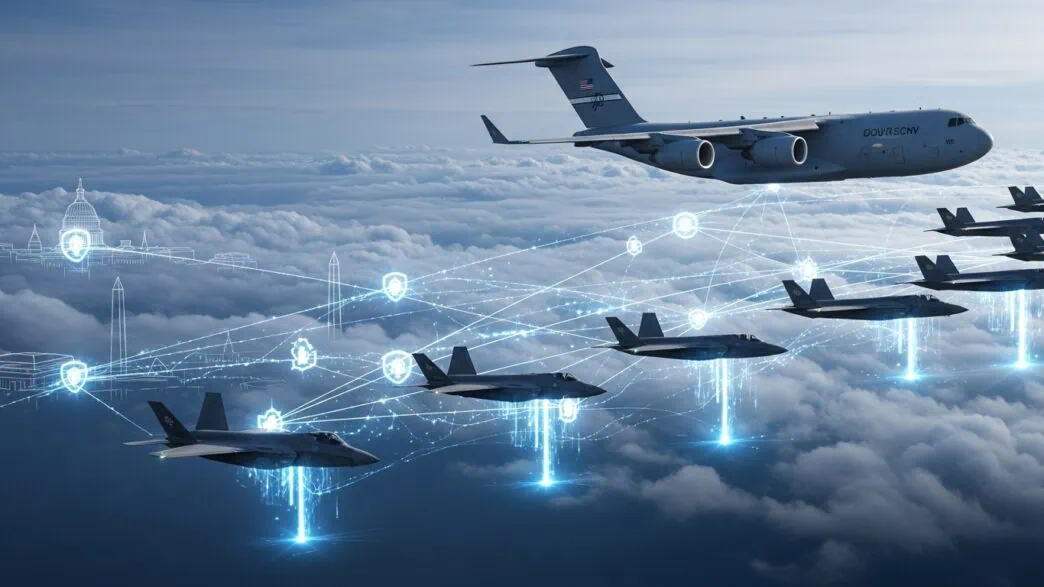


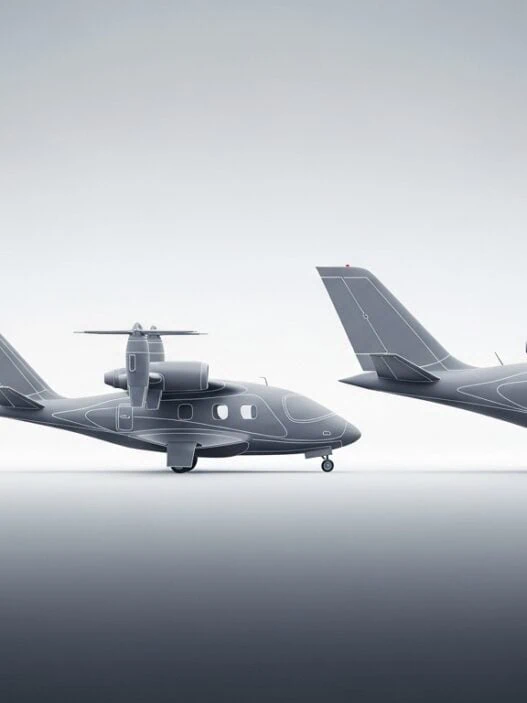
![Apple Vision Pro Complete Review: Ultimate 2025 Guide - Is It Worth $3,500? 25 Apple Vision Pro headset displayed on modern desk with soft lighting fashion magazine style photography"]](http://www.privatecharterx.blog/wp-content/uploads/2025/08/romeo-a-TGQQbDoG2C4-unsplash-scaled-527x703.jpg)





